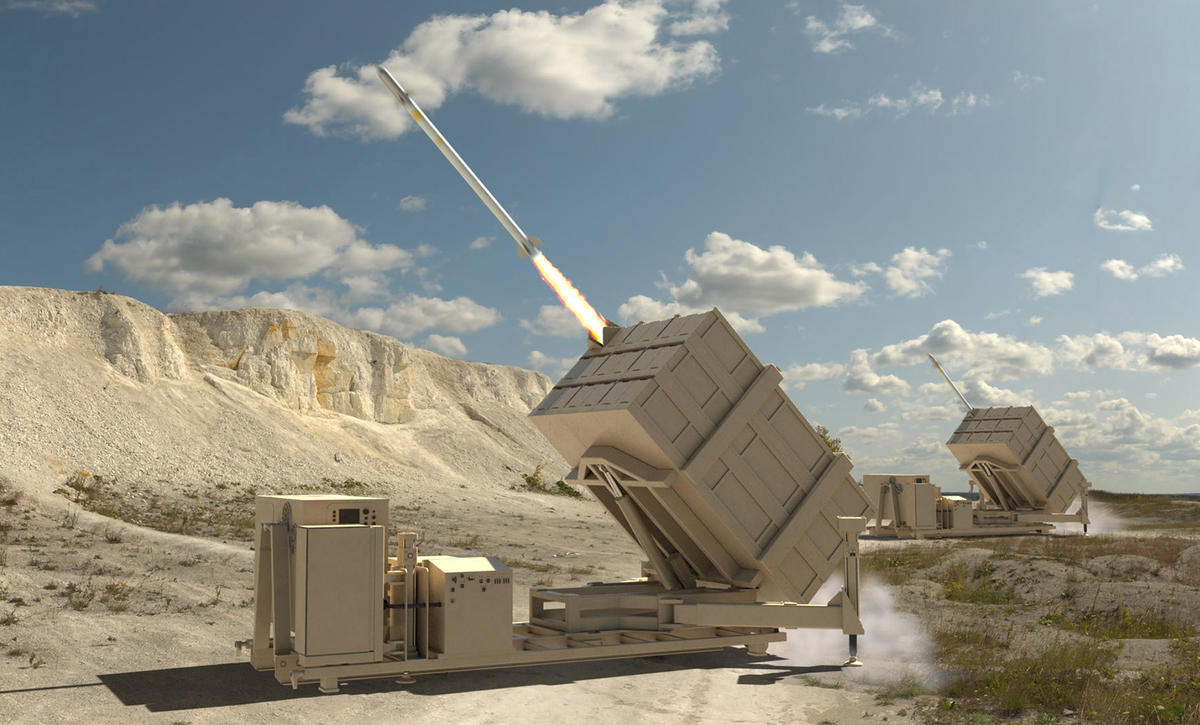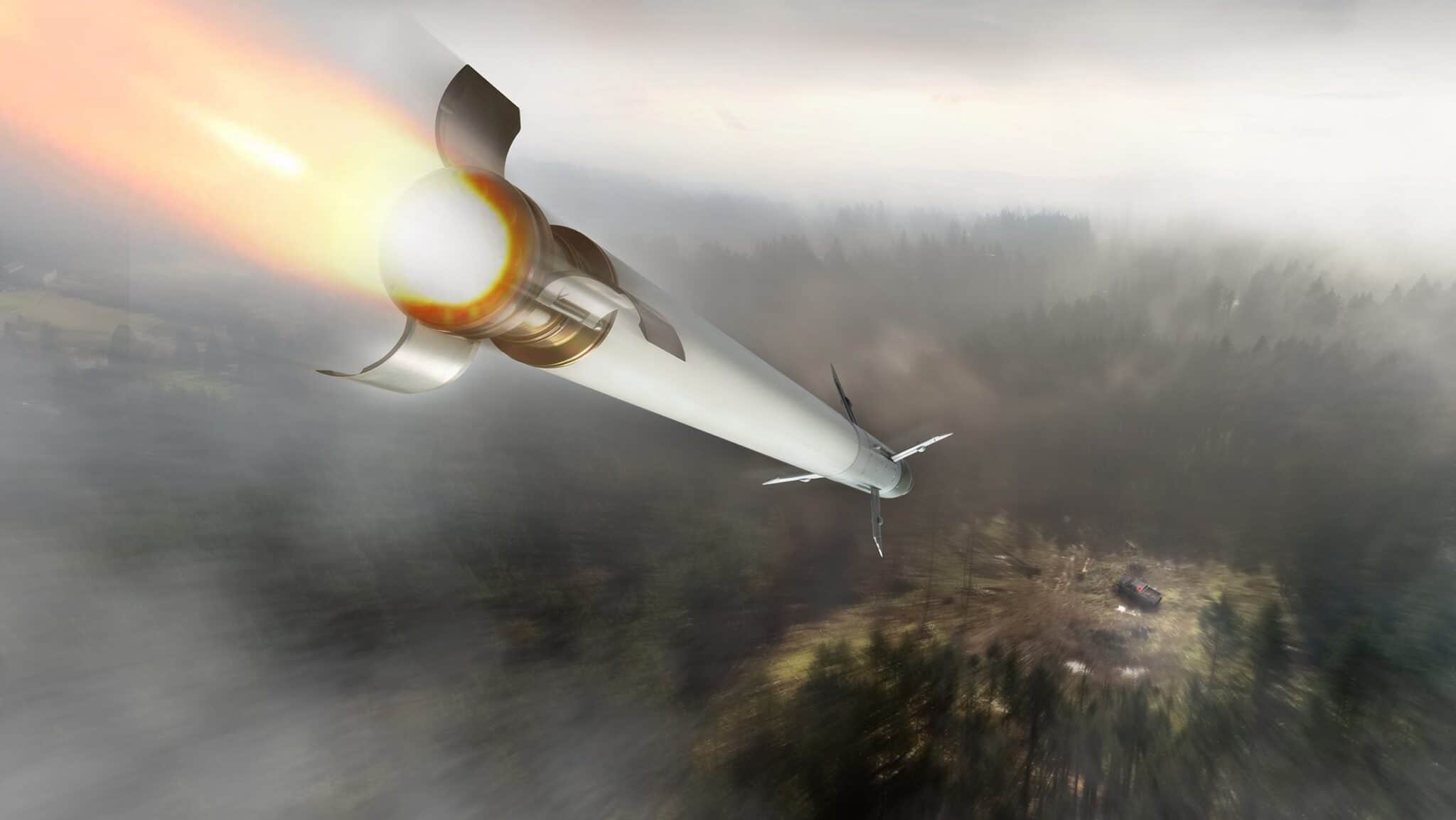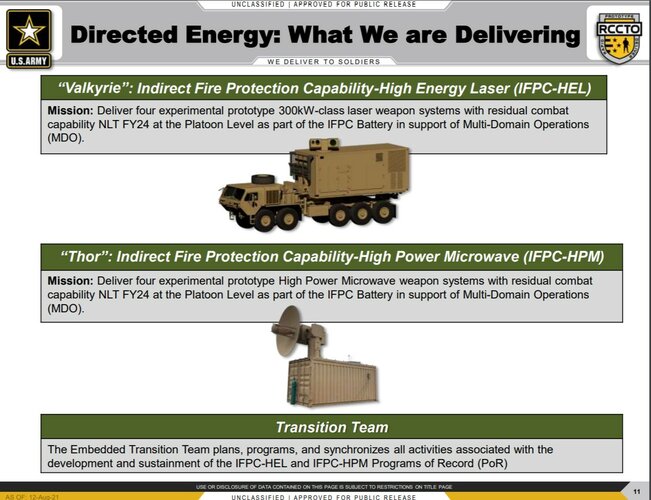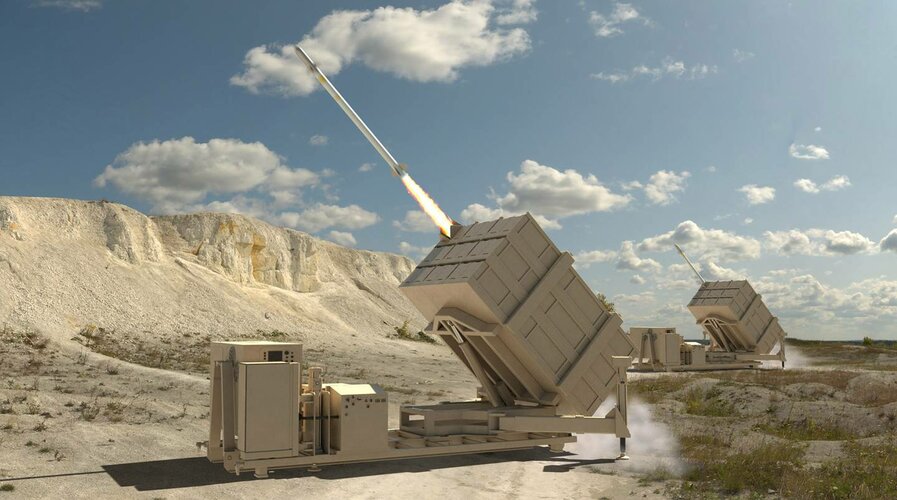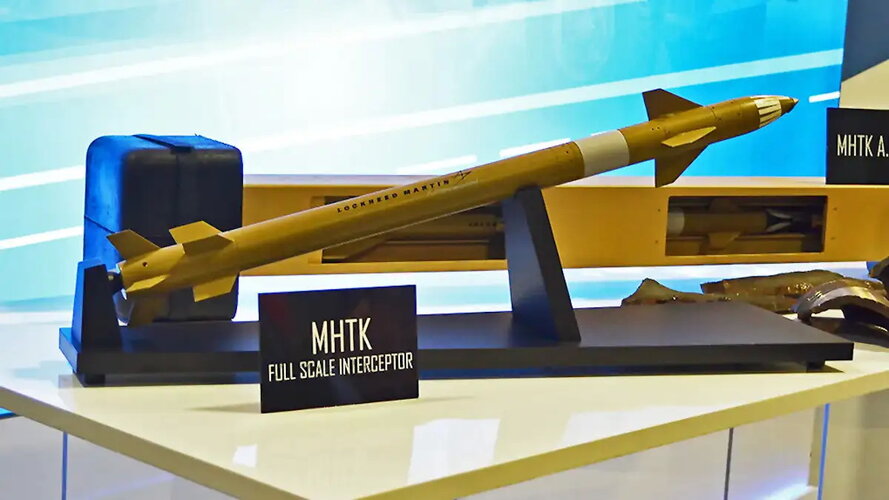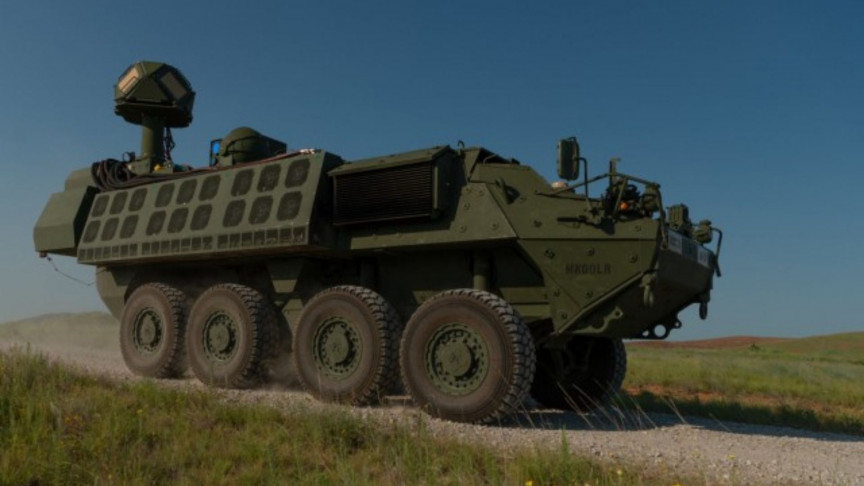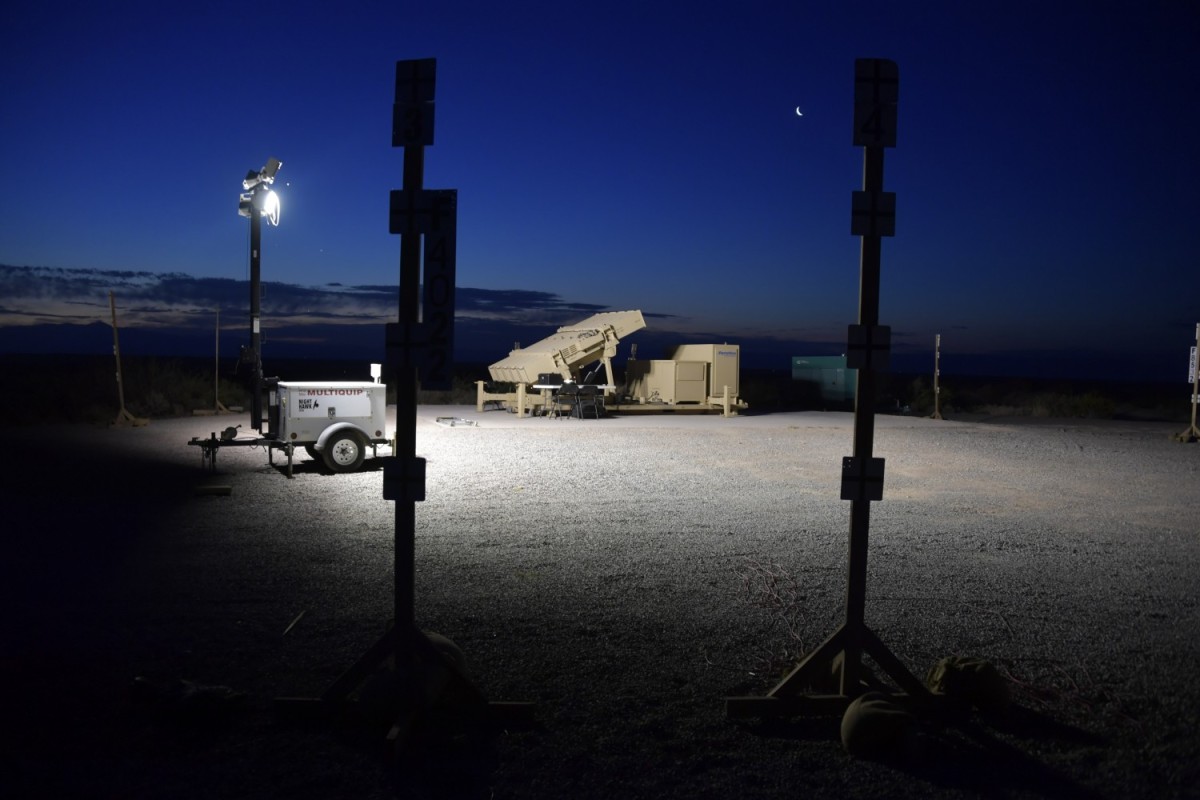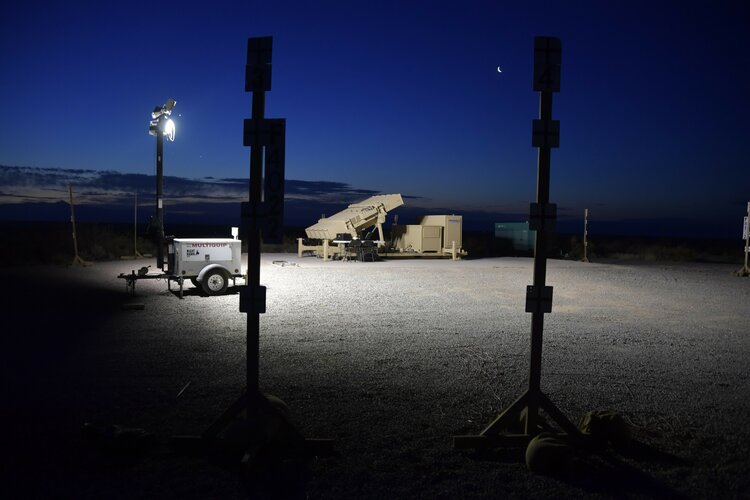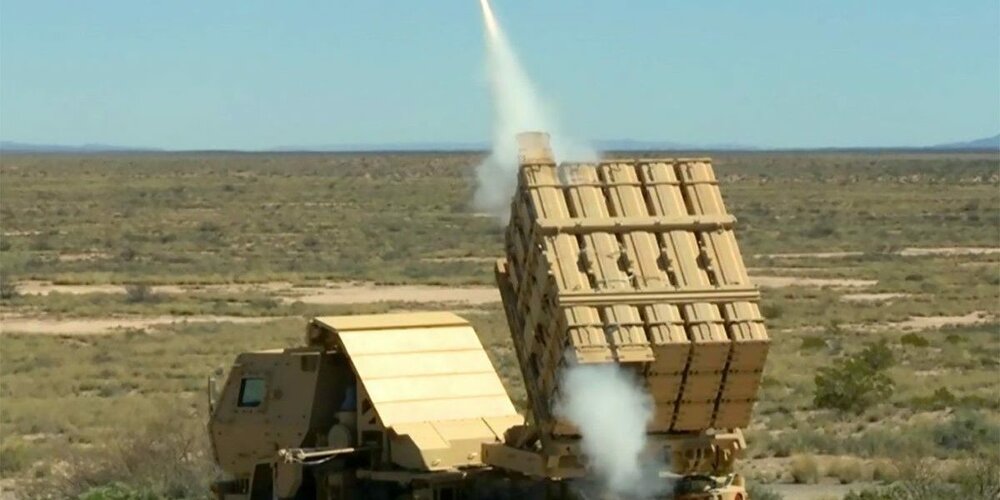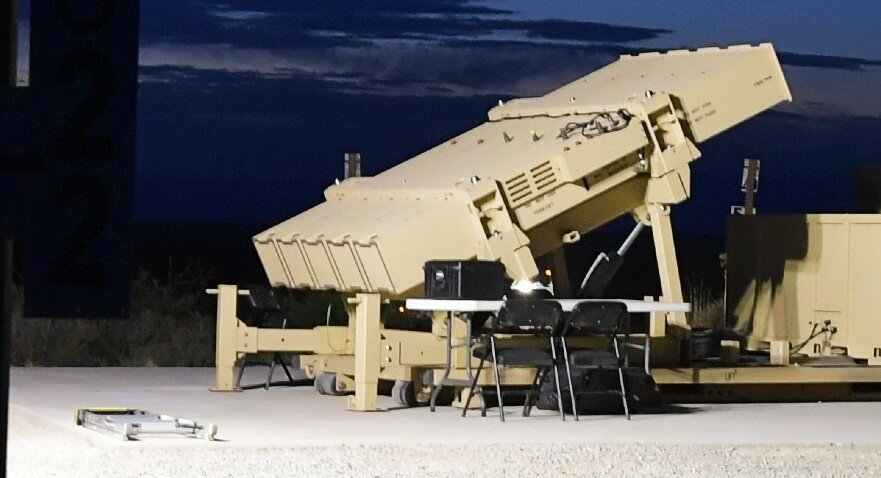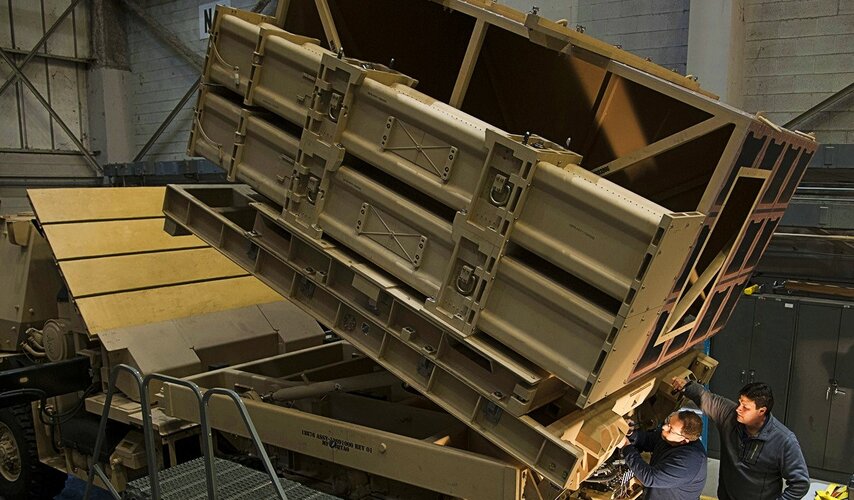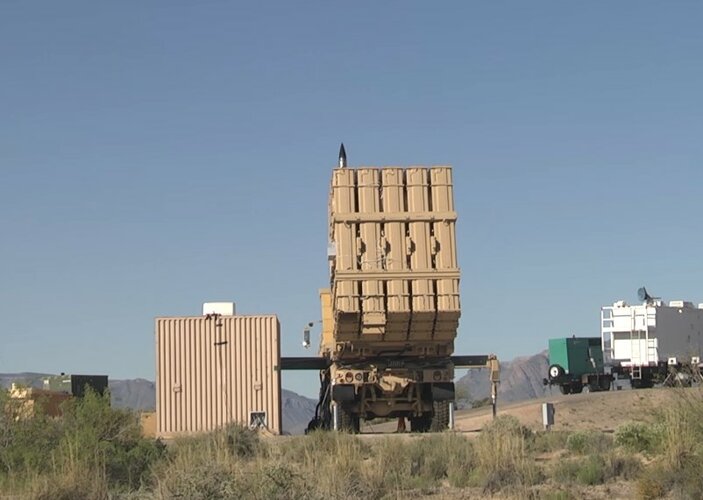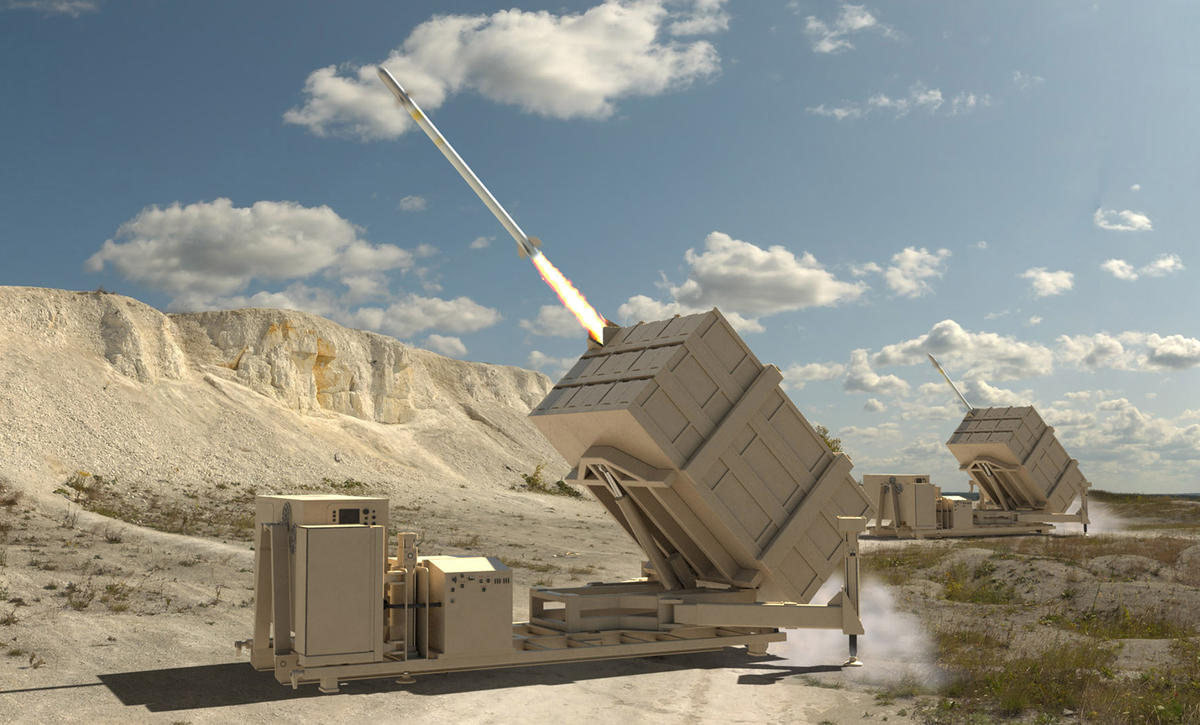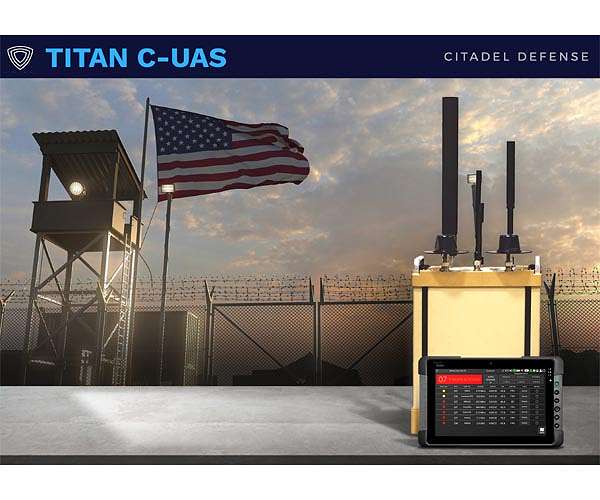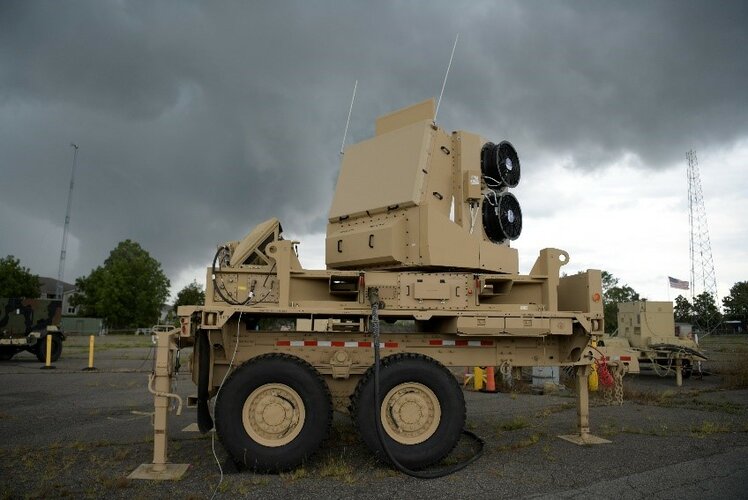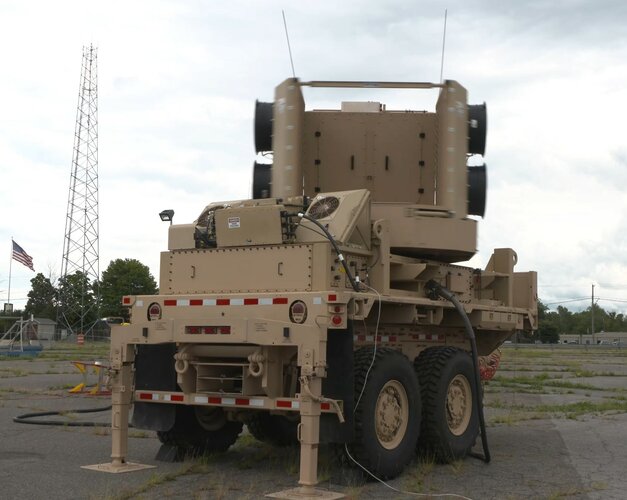Dynetics selected the AIM-9X effector and environmentally sealed All-Up Round Magazine (AUR-M) provided by Raytheon Missiles & Defense, a Raytheon Technologies business. The AIM-9X features the most advanced IR seeker in use today, providing warfighters a highly effective solution to track and intercept hard to detect, fast moving cruise missiles. The missile has previously demonstrated successful integration and engagements with the U.S. Army's IBCS, supporting the accelerated prototyping phase that the U.S. Army has requested.
Dynetics and Raytheon worked collaboratively to provide the Army a weapon system which met key requirements while incorporating lessons learned from previous programs. The investments in Enduring Shield enabled the completion of the Phase 1 Shoot-Off in May 2021 and demonstrated missile and IBCS integration.
The manufacturing of components, performance of assembly and system integration will be conducted in Huntsville, Alabama. Dynetics is set to deliver four units in 2022 and 12 units by the end of 2023.
The Alabama-based company chosen to produce mobile ground-based weapon system to counter cruise missile and unmanned aircraft system threats

www.dynetics.com
